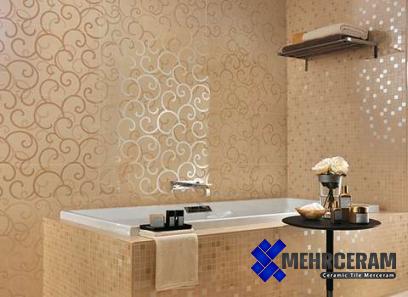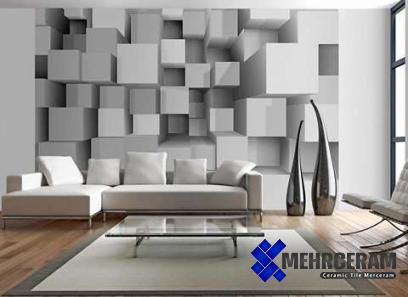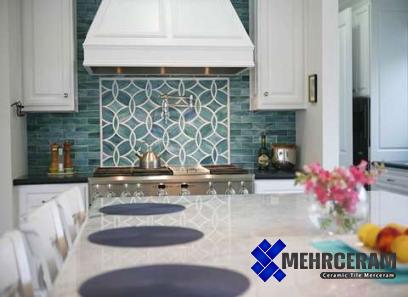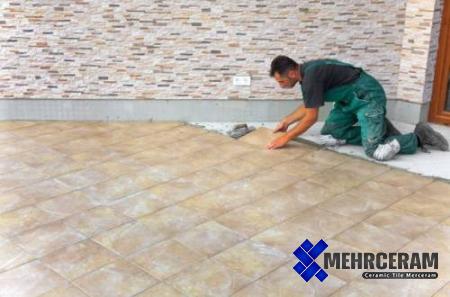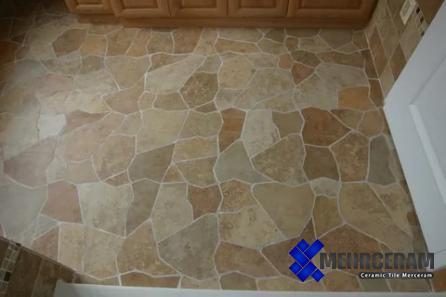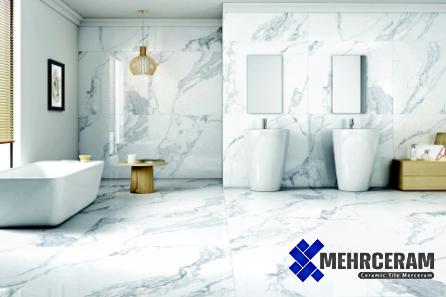Buy tile wall piece Types + Price
small tiles pieces have different applications for both interior and exterior places also these small pieces have different shapes for example rectangles, squares, hexagons, and so on with different colors and aspects because the application of every one of them is different
than another, for example, hexagonal shapes with blue color are affordable for swimming pool or cube and square is more favorable for kitchen it depends on customer and space of that place also small wall pieces can be used for outdoor too such covering base of a building with special bright color glass also specialist can create a three-dimensional design with small wall tile pieces also small tile pieces can create eye cat6ching design with embossed form and with glossy edges, they have a unite appearance also another application is using small tile pieces in garage or basement beyond all remarkable aspects they are not easy to install and need specific skill because matching of corners is not a typical work
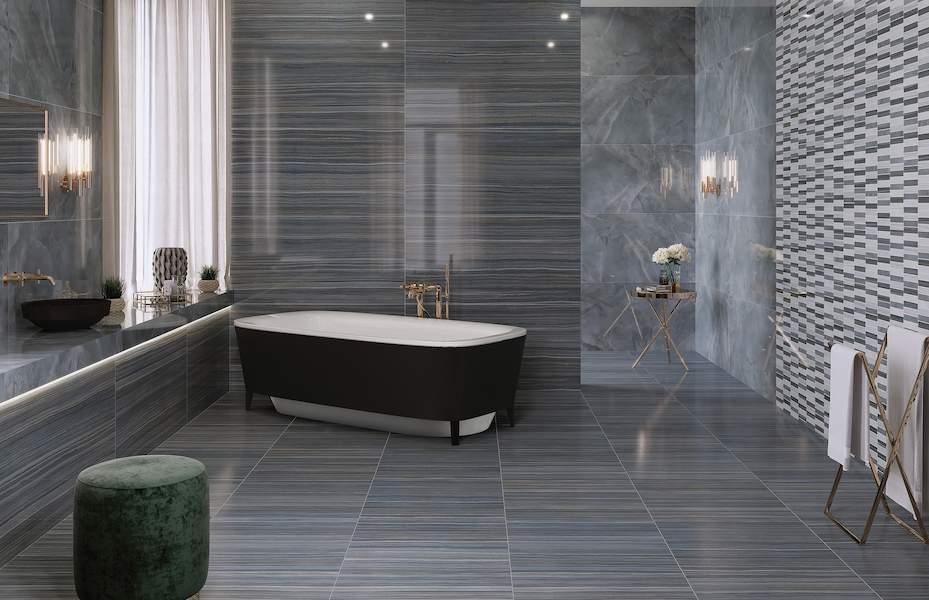
How to tile a wall step-by-step
For applying tile step by step some rules should be regarded for instance; step 1 Is making sure the wall is clean and dry
Step 2 is to arrange your tiles
Using a spirit level, draw a vertical side and horizontal line in the middle of the wall that will be tiled the exterior tiles should be around the same size
Step 3 is placing the tiles in place
Starting from your middle vertical line, start applying your tile adhesive to the wall
Use a mild twisting motion to gently press the tile into the glue
Place the tile spacer between each tile on both sides to create grout lines of the same width
Cutting the tiles in step 4 a scoring and clamp tile cutter makes cutting ceramic tiles simple
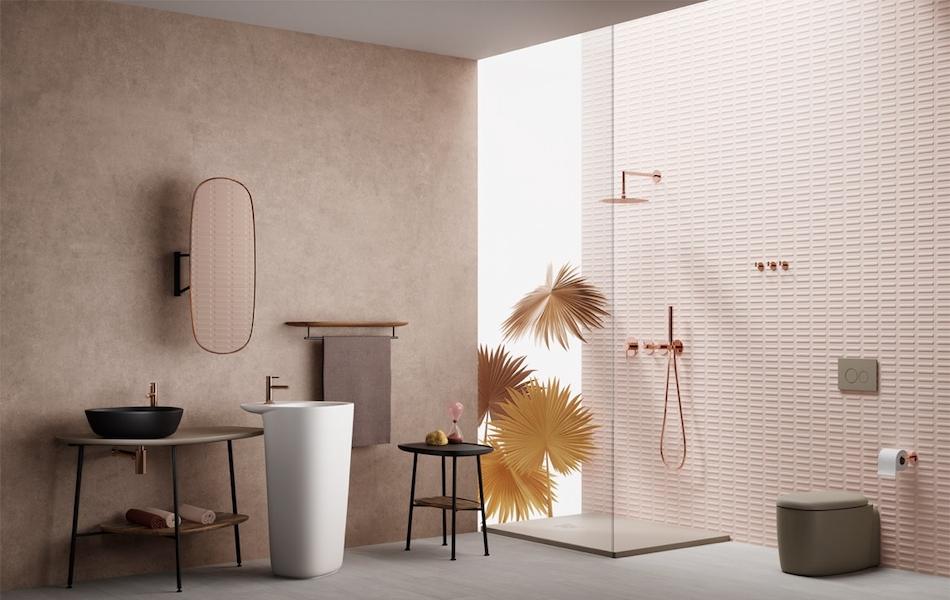
An electric diamond disc tile cutter is useful for making irregular cuts, although the same sort of cut may also be made using a straight scoring cutter and a pair of tile nippers
Tiles may be cut into pieces using tile nippers until the appropriate form is obtained
Step 5 grouting, before grouting, let the tile glue for 24 hours to cure
Making an even paste, combine the grout according to the directions on the package
Apply the grout by pressing it firmly into the gaps using a rubber grout float or squeegee while holding it at a 45-degree angle to the wall
Use a moist sponge to remove any extra grout from the tile face, taking care not to disturb the grout in the grout line
To get rid of any remaining grout stains, polish the tiles with a soft, dry cloth after approximately 30 minutes
Step 6 is complete, applying matching silicone to internal corners, both horizontal and vertical, such as those along with worktops
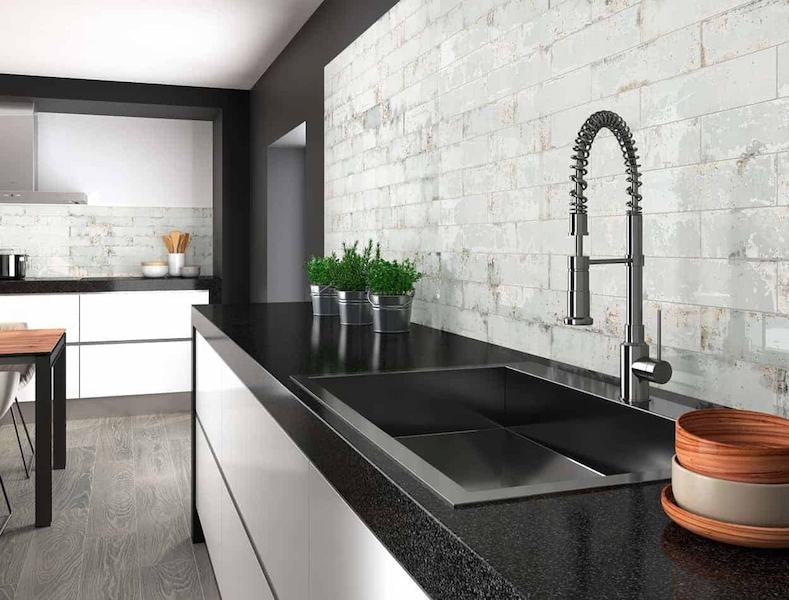
How to prepare wall for tiling
If you would like your tiles to be set correctly and survive for a long time preparing a wall for tiling is the first thing that should be done, careful preparation is essential
The wall must be completely dust- and grease-free, dry, and clean before you begin to install tiles
Before tiling, you must seal the surface if you want to cover bare plaster, wood, or plywood with tiles
For optimal results, use a BAL or SBR primer; a PVA primer won’t be long-lasting enough, particularly on bathroom walls
The tile glue will dry out without a primer, causing your tiles to begin to dislodge
A fresh skim layer of plaster has to have a minimum of seven days to dry if you’re tiling over the plasterboard
If you’re immediately tiling over a sand or cement render, the render has to be at least two weeks old
Tiles should not be applied directly to painted or papered walls

Some porcelain tiles and natural stone may need sealing after installation
Seal before and after grouting as directed by the manufacturer
This aids in preventing stains on the tiles
Calculate your surface size in m2 (length x breadth) and compare it to the pack coverage to determine how many packs of tiles you’ll need
Divide the wall space into sections and add the sum for rooms with uneven shapes
Don’t forget to add at least 10% to account for offcuts and unavoidable waste
Try to purchase all of your necessary tiles from the same batch as tiles often include batch numbers to guarantee good color matching
You must take into account the combined weight of the tiles and glue while tiling walls
Different wall surfaces will be able to sustain various weights in a secure manner
How to tile a wall corner
Tiling a wall corner is one of the most difficult processes of tiling for both inside and outside
In the first level Position every complete tile on the corner of both walls
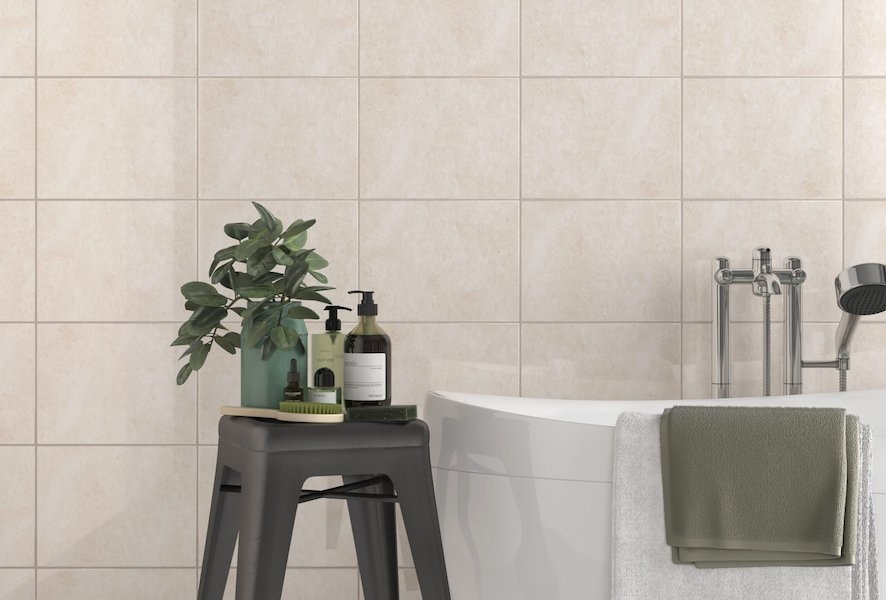
The second determines the length of the gap to be filled and cut a tile to fit
With the cut edge towards the corner, butter the back with glue and push it into position
And the third level after the glue has been set uses a flexible waterproof mastic to caulk the angle between the two walls
This will permit some gradual wall displacement
Protect the junction with masking tape, then apply the mastic, smooth it, and remove the tape after the skin has formed
External corners should ideally begin with full tiles, however, it is doubtful that this will be achieved at a window rebate
Tiles may be joined together by butting them together, applying plastic corner trim, or adhering to a strip of wood beading
thigh joint If the corner is square and the tiles have glazed edges, a simple overlapping butt junction works effectively
The less noticeable wall should be tiled initially, with complete tiles flush with the corner
Then, cover the borders of the tiles on the first wall by overlapping them on the second wall
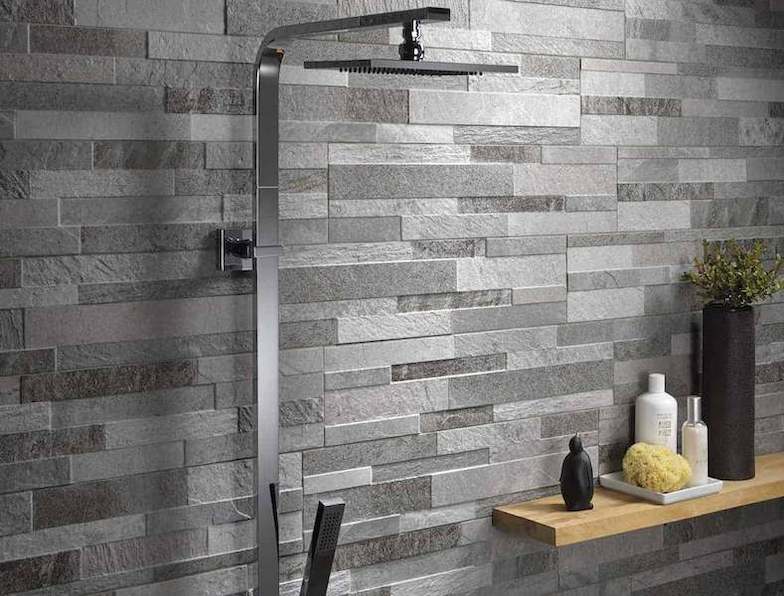
Tiles on exterior corners will be shielded from harm by colored plastic or chrome corner trimmings, which also give the edge a tidy appearance
The trim may also be used to finish the margins of the tiled door and window recesses
Cover a corner of one wall with tile
To ensure that the outside border of the rounded trim exactly aligns with the faces of the surrounding tiles, press the perforated base of the trim into the tile adhesive on one corner
Begin tiling the second wall
How to install wall tile in bathroom
Bathroom wall tile installation is a fantastic method to upgrade your bathroom’s appearance and practicality
Wall tile is much more attractive than drywall in terms of both durability and ease of cleaning
Putting the cement board substrate on the bathroom walls is the first step in installing wall tile in a bathroom
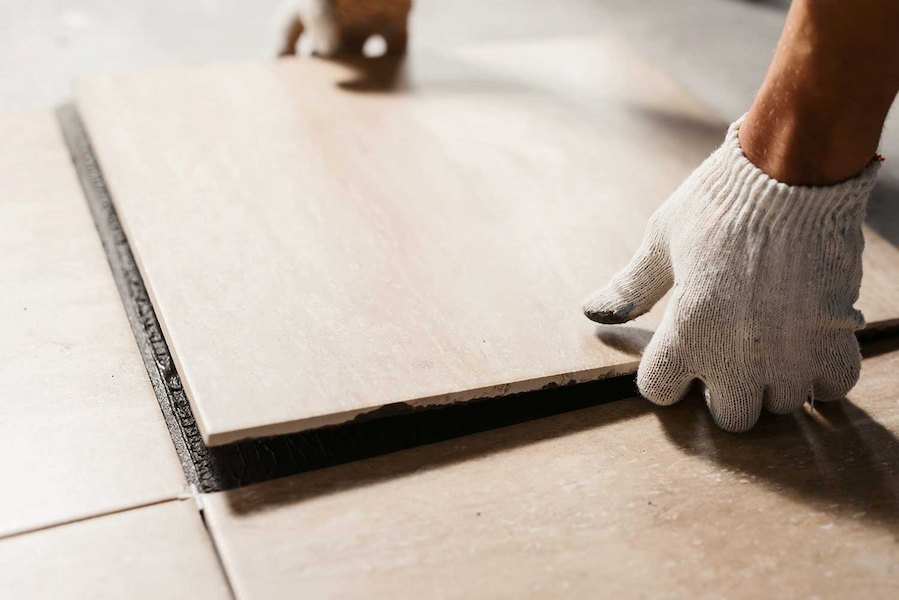
Use a premium thinnest mortar to next adhere the wall tiles to the cement board substrate
Install tile spacers and tile levelers as necessary, working your way up the bathroom walls from the bottom up
Tile intersections should be sealed with high-quality silicone and tile joints should be grouted
Even though installing bathroom wall tiles is often a simple operation, there are many tips and tactics that are essential for a job well done
This article will walk you through the whole process of installing bathroom wall tiles
Installing a cement board base is necessary before you can start tiling your bathroom walls
Any bathroom wall tile job needs a properly laid cement board base, and the typical homeowner can do the installation rather quickly
Before discussing cement board installation, let’s address a few often-asked questions concerning cement board
Make sure you choose a tile that can be put vertically when choosing the bathroom wall tile
I also advise you to choose moisture- and durability-resistant porcelain tile
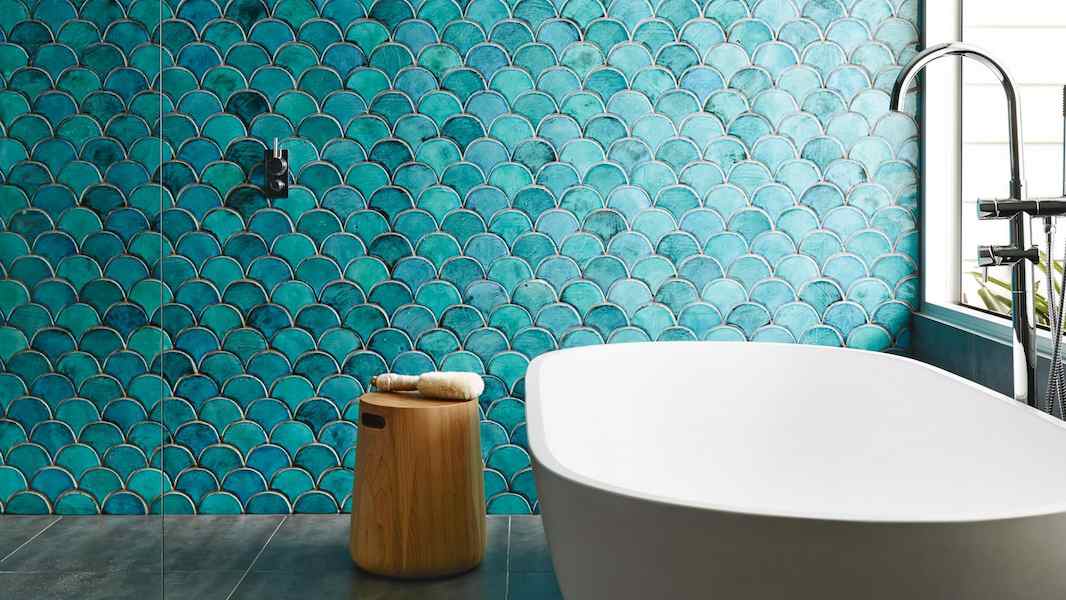
You will also need to cut part of your tiles for almost every installation of bathroom wall tiles
Depending on the kind of tile and installation technique, a variety of tile cutting techniques may be utilized (wet saw, dry cutter, angle grinder, etc
)
Consider carefully whether the tile-cutting technique is appropriate for your application before buying or renting the required tools
The remainder of this essay will examine several tile cutting techniques
Small tiles B & Q
Small tiles B & Q is a British international company and home improvement retailing firm with its headquarters in the United Kingdom it has branches in many countries such as Ireland, China, and so on and one of the main important products of this company is tile
Small tiles of small tiles B & have their own specific aspects their appearances are very eye-catching with their specific kinds of patterns that are related and model of traditional; and old British design
In contrast with other types of normal small tiles that are used in the kitchen and bathroom small tiles B & Q can be widely used in the living room and even in official places too because small tiles B & Q are sample of monarchy not only, they can be used in indoor areas but also small tiles Small tiles B & Q can be use in outdoor areas such as patio and walk ways mostly the color of small Small tiles B & Q tiles are black and white

Install wall tile on drywall
Tile installation is a so hard process that takes a lot of effort and energy
In order to avoid damaging the surface or installing them improperly, there are numerous aspects to take into account
If we wish to put tiles on drywall, even a tiny error might have serious consequences
It takes a lot of preparation to install tiles on drywall so that everything goes as cleanly as expected and with as little trouble as possible
To ensure that all of your labor won’t ultimately be for nothing, there are several factors to take into account and procedures to follow
Let’s go a little more into the topic and examine the steps, materials, and equipment needed to install tiles on drywall
The drywall area must first be checked to make sure it is tidy, dry, and in excellent shape
The sheetrock will need some work to be restored to a better condition if the old tile has to be removed from the sheetrock face after the old tile has been removed from the drywall because some sections will be pulled off
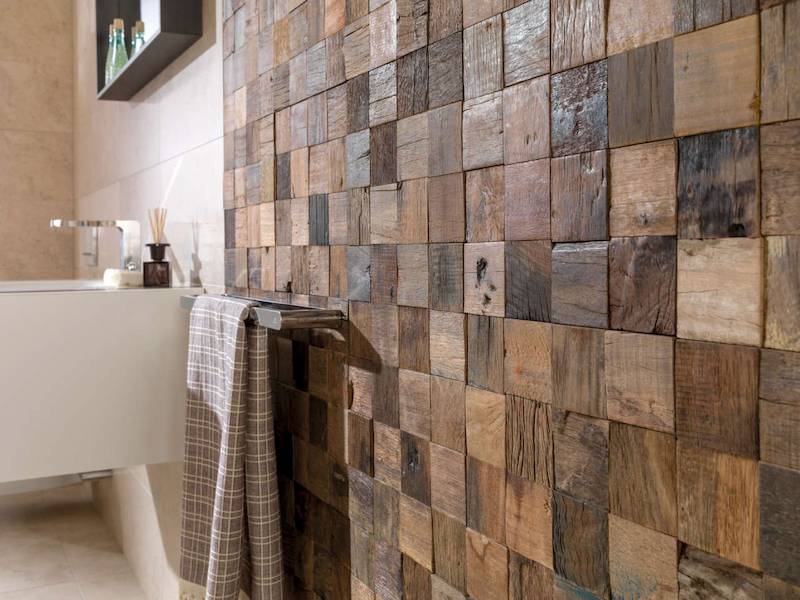
Don’t worry if it gets somewhat damaged; it’s almost hard to do so without hurting it
The next step is to remove any remaining mastic or glue from the drywall and make sure the surface is dry and smooth
Any paper facing the sheetrock should be removed since it will interfere with the installation of the tiles
The surface is clean and free of any paper, apply a joint or drywall mud to the drywall area
Make careful you simply coat the board with a thin layer of paint
After then, wait for it to dry in the region
When it has dried, the surface will need to be lightly sanded to make it smooth and ready for tiling


